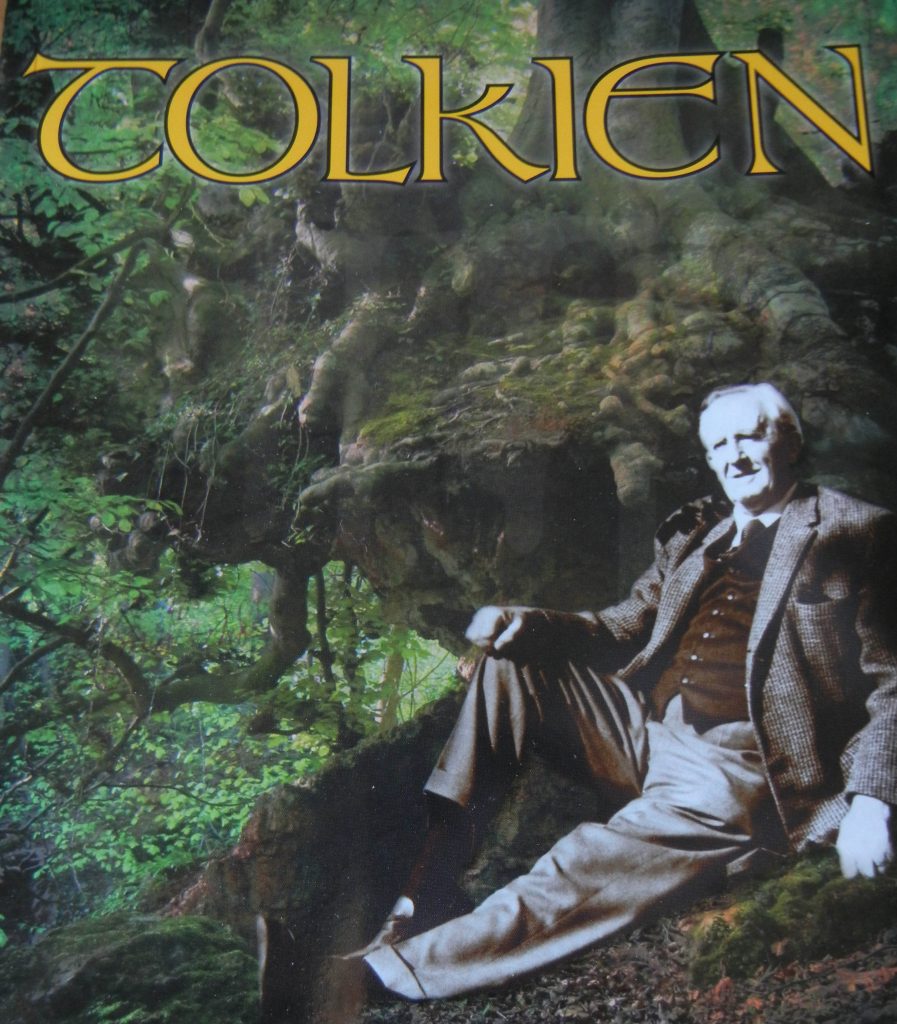It’s interesting to consider the women in this episode—Æthelflaed the Lady of Mercia; Brida the Danish war leader; Ælswith the wife of the Wessex king; and Skade the sorceress—because all of them act with agency. Not Edward’s betrothed, alas. She is very young and totally under Daddy’s thumb.
Look at Æthelflaed, who has gone from ASKING Uhtred for help to commanding him. “You will walk with me. That’s an order.” And on that walk, when they are attacked by men led by Offa, Æthelfled is the one who tells Uhtred, “We split up,” and takes out two of the assassins.
Uhtred takes out the other two, including this thug, a cameo appearance by author Bernard Cornwell.
Later she crosses verbal swords with her bladderwrack of a husband, and there is the hint of a political alliance forming between Æthelflaed and Aldhelm, who has lost all respect for the bladderwrack. Hopefully, Æthelflaed has learned not to trust anyone completely, except for Uhtred. She is, though, fast becoming the Æthelflaed who will one day lead armies against the Danes.
Brida is hanging out at the Danish camp with the viking warlords, just one of the guys; but she’s disgusted by their incessant quarreling over who has the rights to Skade. “She has you all by the balls. Believe it.” Ragnar’s men now follow her, and she accepts Cnut’s suggestion that they form an alliance in order to combine their forces.
If Cnut was looking for sweet words from his new woman, he must have been disappointed. Brida is tough as nails and all business; and we can’t forget that she must suspect that one of this gang murdered Ragnar, and that she needs to find out which one. And we already know that Brida is capable of murder when she thinks it’s deserved or necessary.
Lady Ælswith, when she’s not telling Edward to stop fidgeting or to stand up straight, is Alfred’s chief counselor. She may not have the title of QUEEN—the West Saxons avoided honoring women with that title, QUEEN, until the mid-10th century because they had a bad experience with a queen once—but she is always at Alfred’s side. At the Witan sessions, in negotiations over Edward’s marriage, during Æthelwold’s trial, and in Alfred’s moments of doubt she is right there in a place of high honor.
Whatever we may think of Ælswith—and sometimes I want to slap her because she is so prudish and such an enemy of Uhtred, she is a woman of her time and place who adores her husband. She foists her opinions on Alfred, and occasionally he listens. Frequently he does not follow her advice, but that doesn’t stop her giving it. And woe to anyone who she deems a threat to her family. Did you see her face when she thought that Alfred was going to pardon Æthelwold? And when her nephew is screaming under the hands of the torturer, there is only one person among the onlookers who is smiling: Ælswith.
And then there is Skade who has some kind of mystical power over men so that they fear her. Never mind that her prophecies don’t come true, they still believe she has some unearthly power, and she is certainly liberal with her curses. Sihtric says that she is poison to all men, and it’s hard to disagree. Speaking of poison, she helps Bloodhair during his weird preparation for his battle to the death against Haesten, and although I could see that she was indifferent to Bloodhair, I didn’t realize until later what she was actually doing. It’s hard to understand the motivation behind her action, other than revenge because Bloodhair abandoned her, and the fact that Skade is a merciless, depraved monster who is fond of blood, blood-letting, blood-spilling, blood-drinking, etc.
At the end of the episode she is all Uhtred’s, and I wanted to gag when he kissed her. Note to Uhtred: keep all weapons, like knives, well out of Skade’s reach. And don’t lick her fingers.
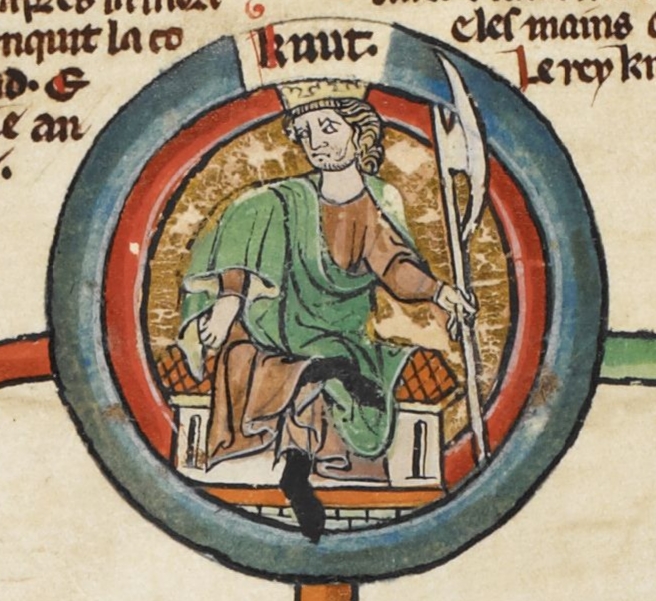
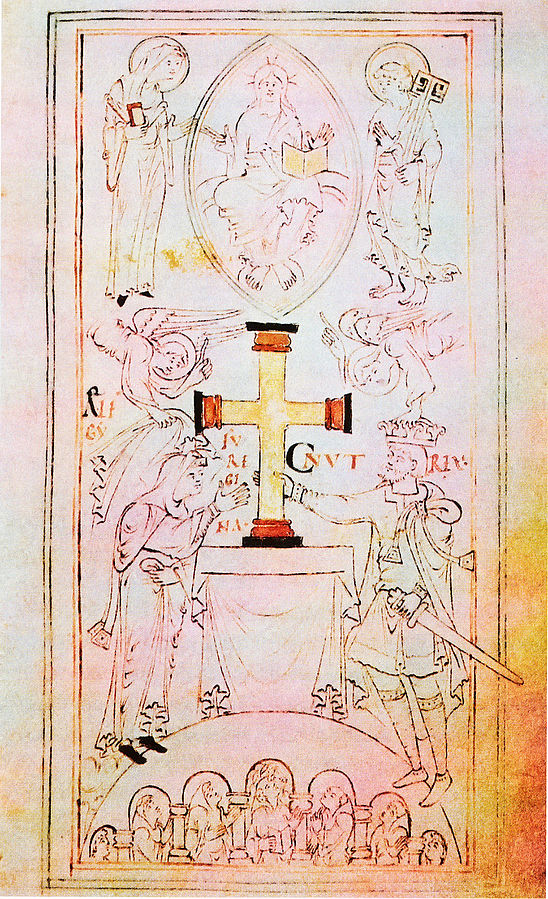
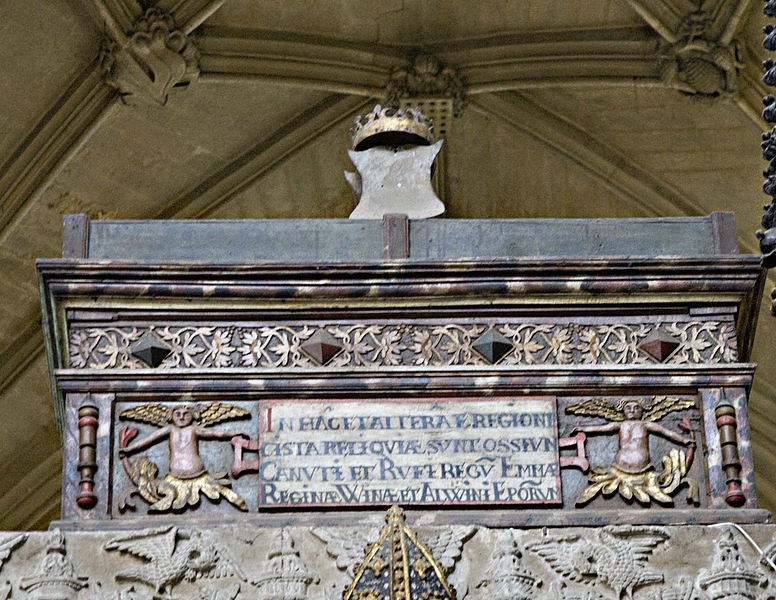
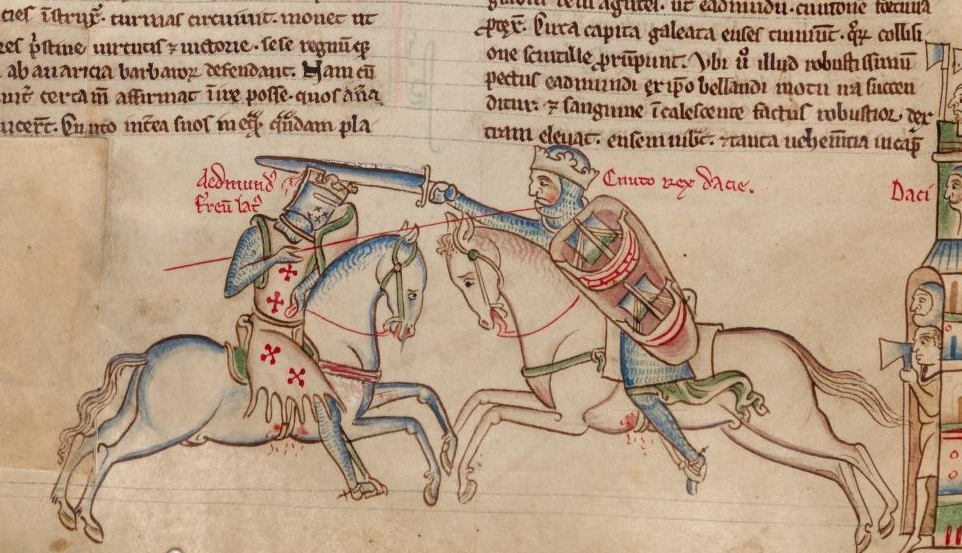
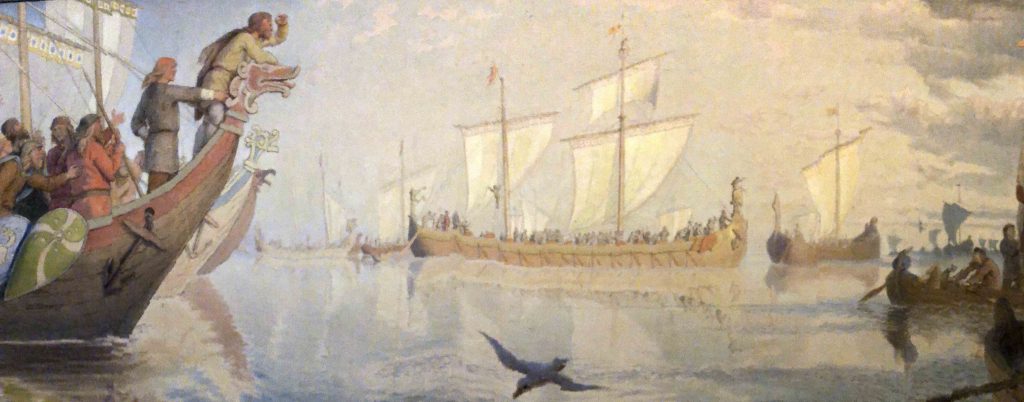

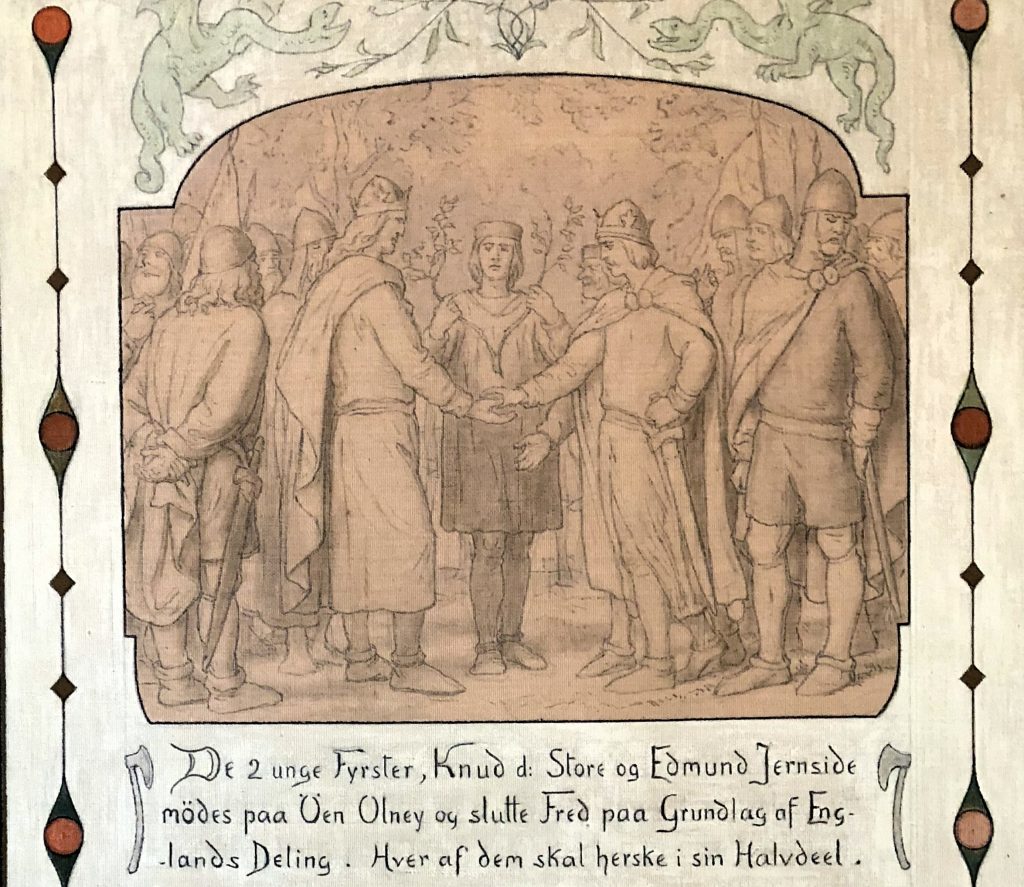
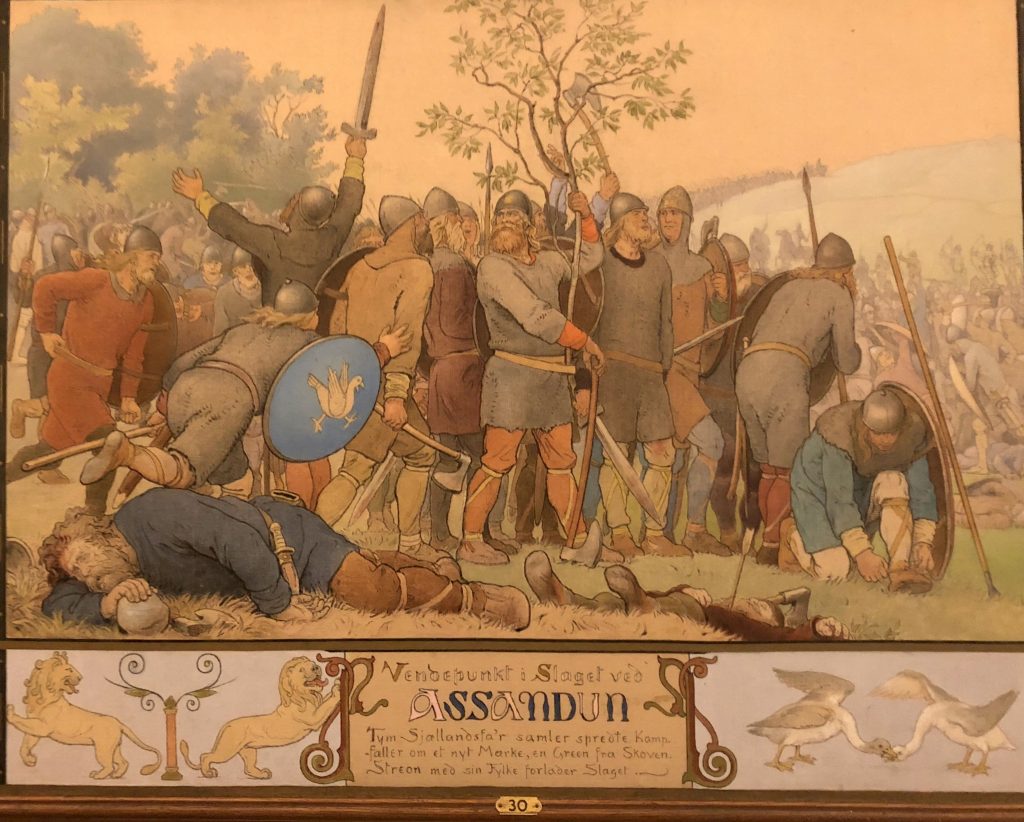
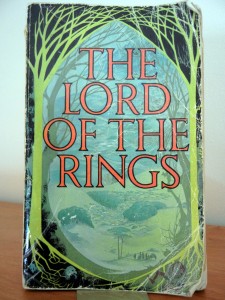 Where has the horse gone? Where is the rider? Where is the giver of gold?
Where has the horse gone? Where is the rider? Where is the giver of gold?